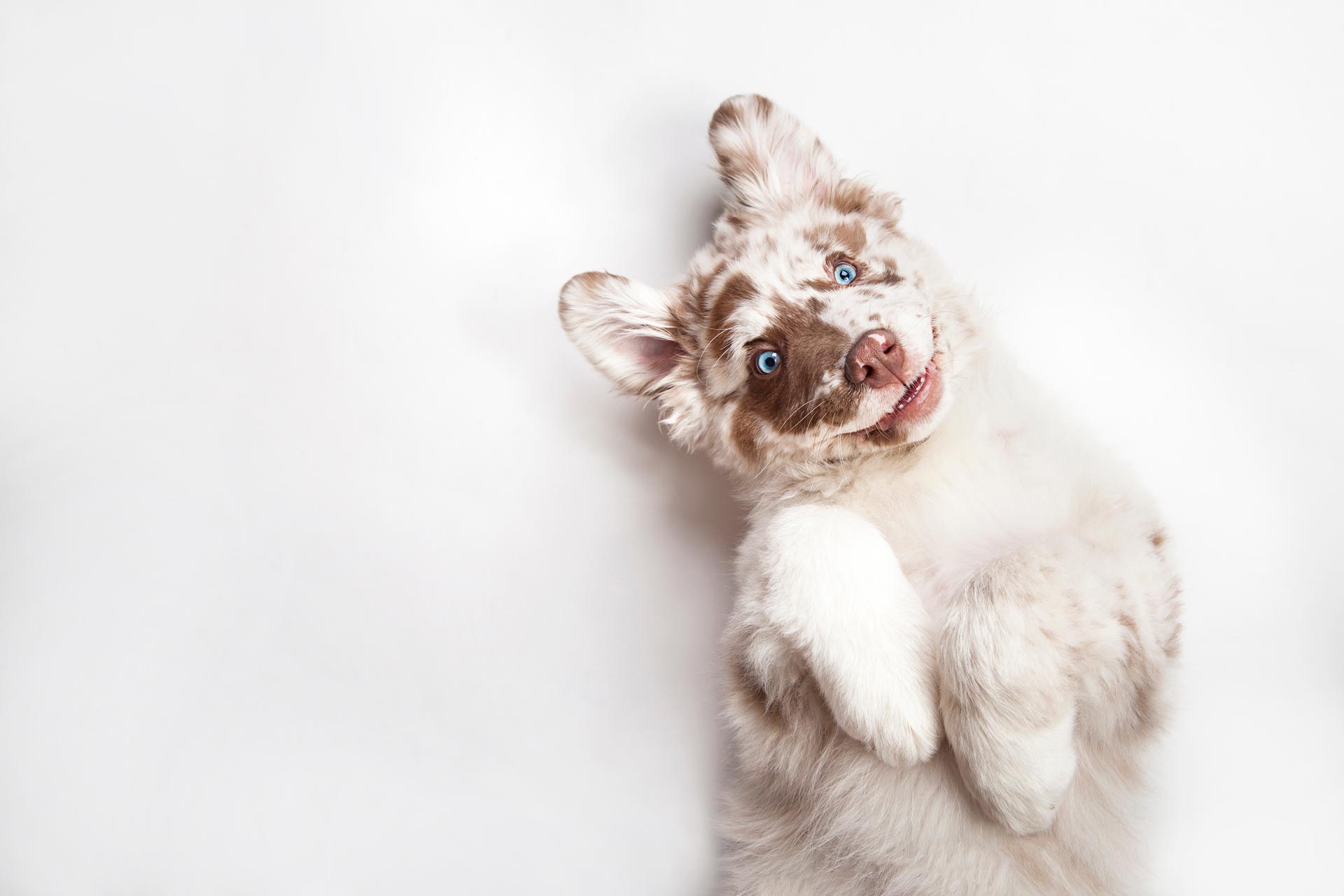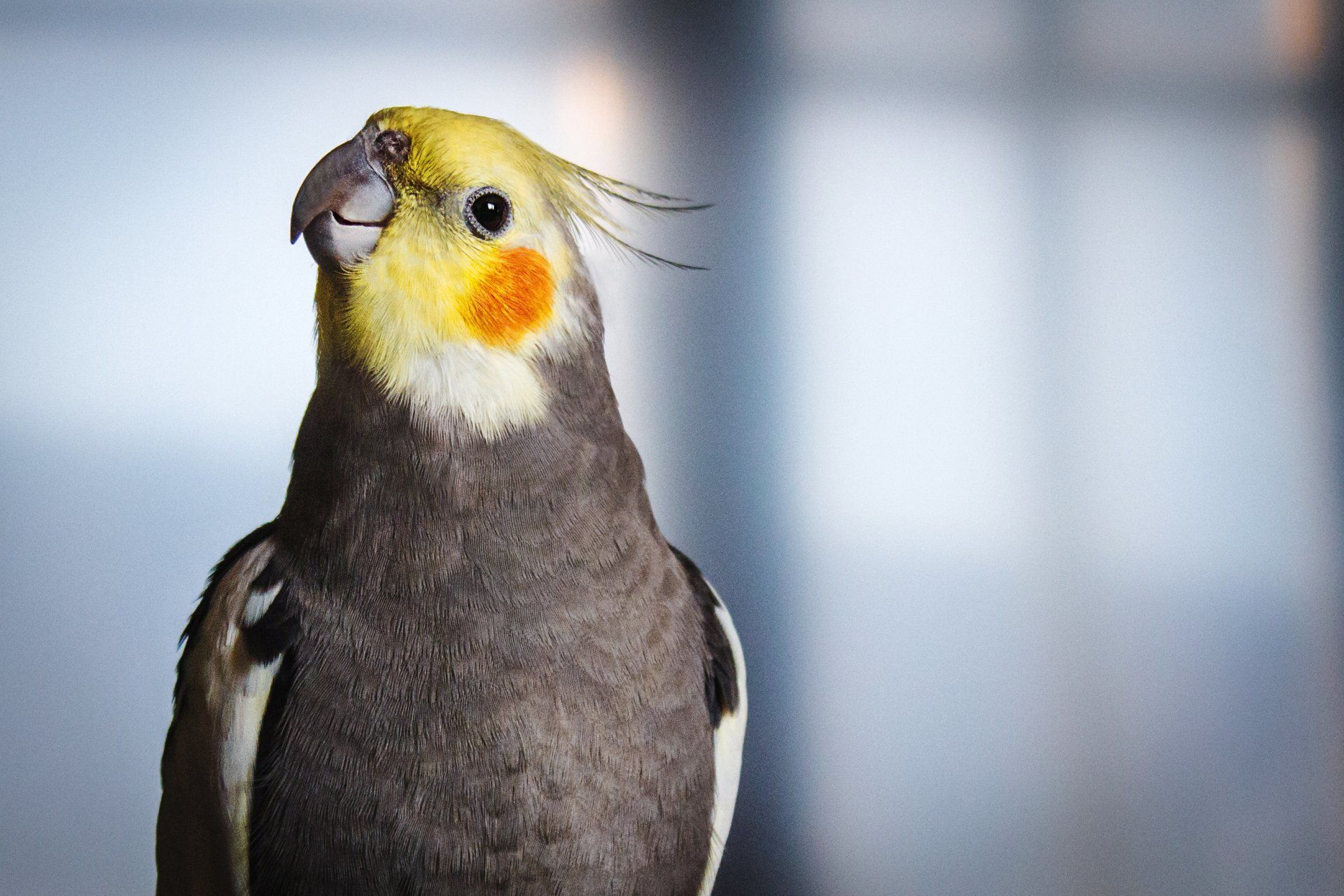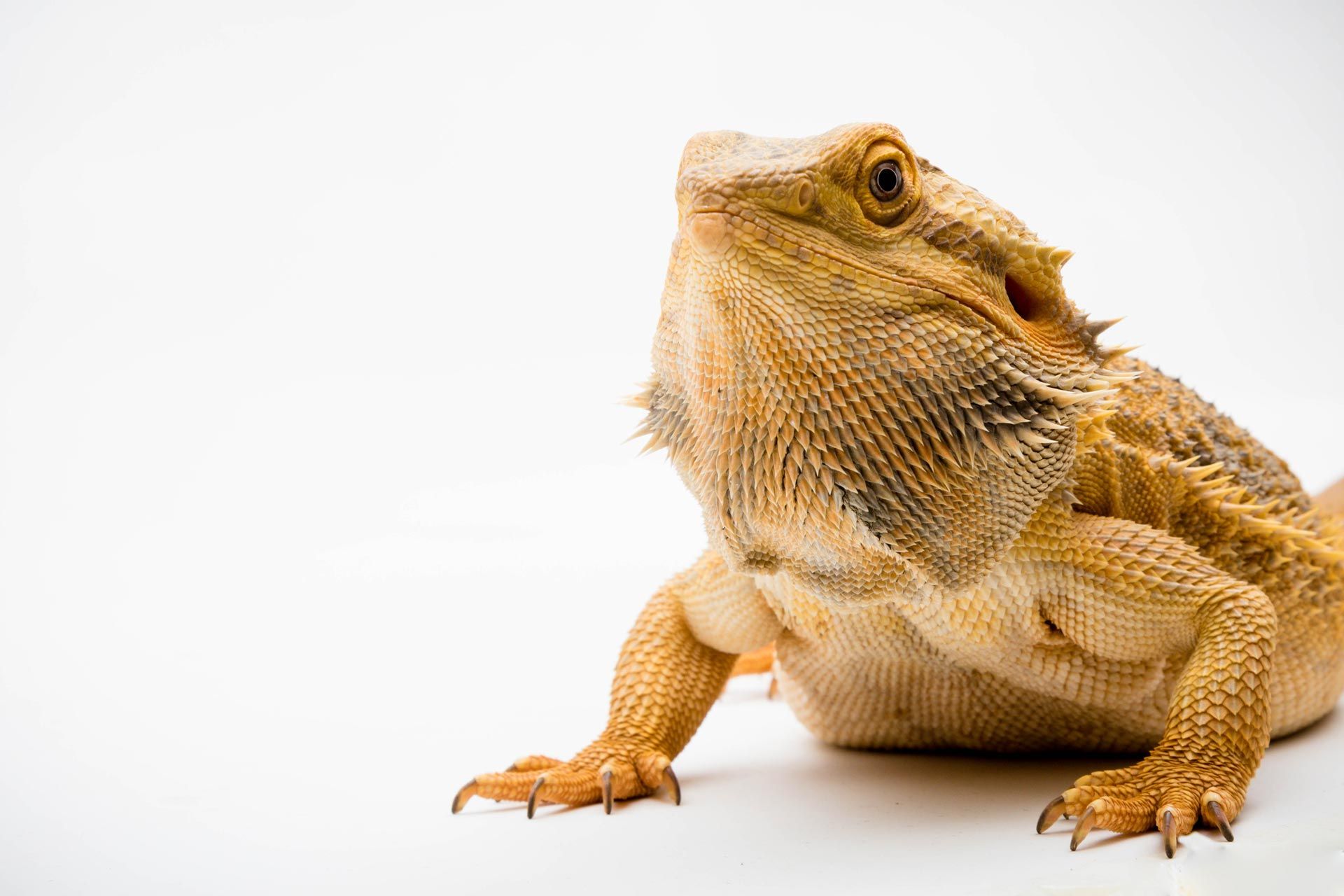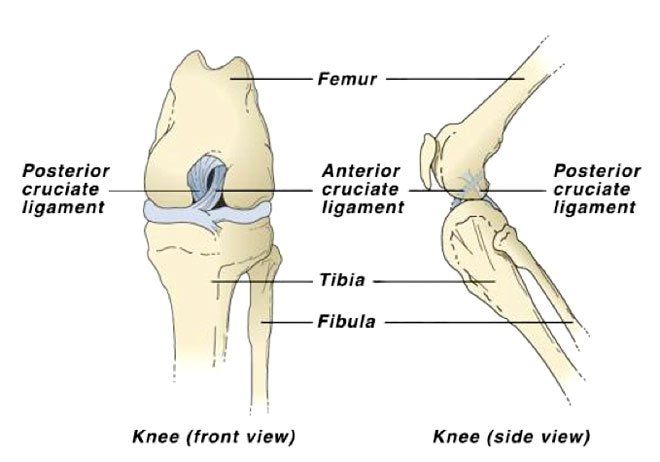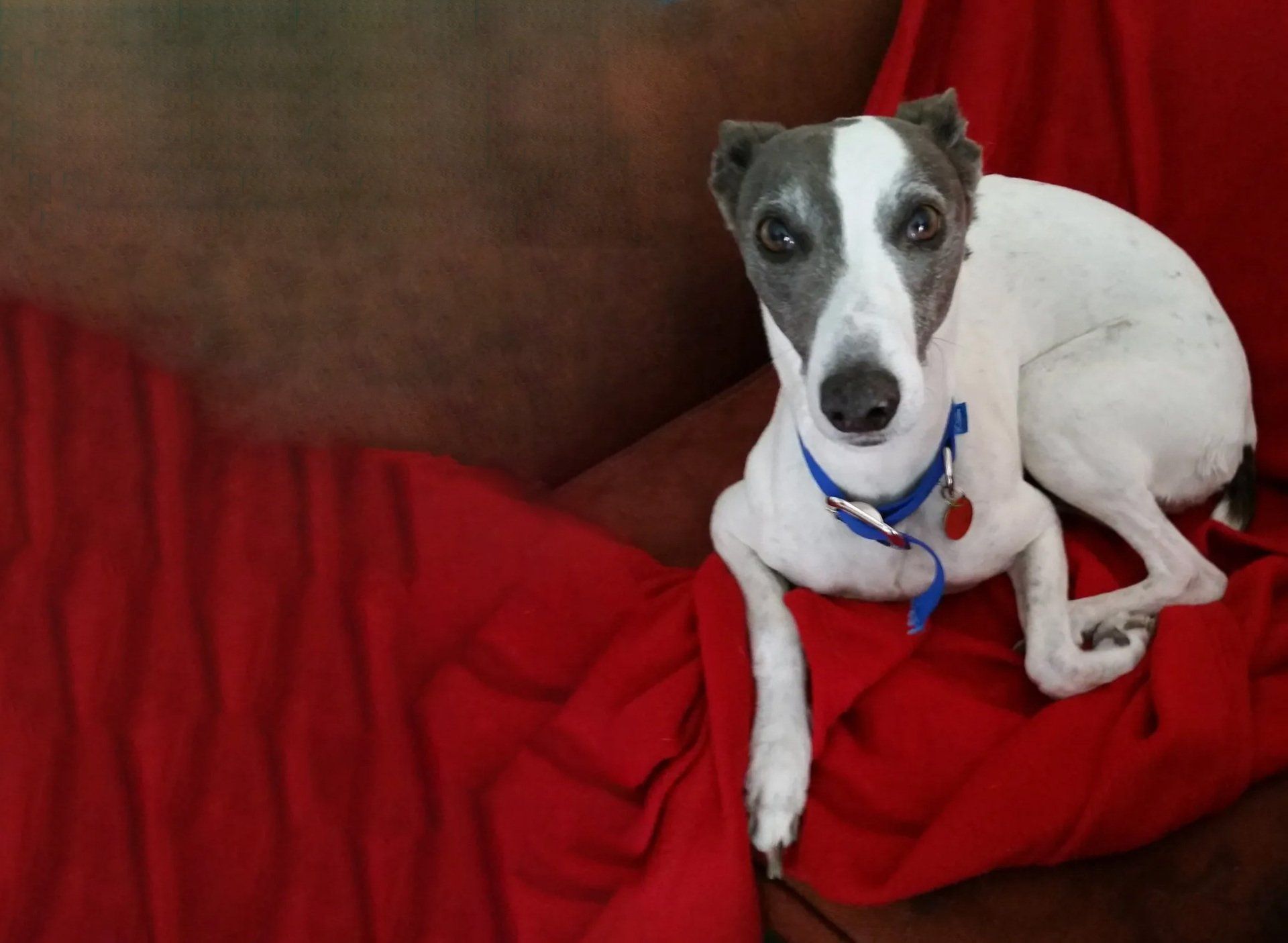Help! My Dog Has Done His Cruciate, What Does This Mean?
Lately, we have had a run of dogs with cruciate injuries so we thought it might be helpful to give you some more information about this common cause of lameness in dogs.
The cruciate ligaments are a pair of very small but important ligament in the dog’s stifle (knee). These fibrous bands are called the cranial and caudal cruciate ligaments. They perform a stabilising function which prevents the two knee bones (the femur & tibia) moving back and forth against each other.
In humans it is common for athletes, especially footballers, for a cruciate rupture to occur as an acute trauma. The situation is a bit different for dogs. Occasionally cruciate injuries occur as an acute trauma but usually there is a longer term degeneration of the ligament.
The cranial cruciate ligament is the one that causes our canine friends grief. As the ligament degenerates (partial tearing) we can see intermittent lameness of the affected back leg which may be mild to moderate. Without treatment the ligament will eventually rupture completely & cause a more severe lameness. It can appear that the rupture has occurred suddenly but the reality is there has probably been degeneration for some time beforehand. This is why cruciate rupture often seems to occur spontaneously without excessive physical activity.
Without a healthy cranial cruciate ligament, the knee joint becomes unstable and arthritis begins to develop. Due to the chronic nature of this problem in dogs, arthritis has usually developed by the time cruciate disease is diagnosed.
How do we diagnose cruciate disease? Things such as the nature of the lameness and x-rays are important tools but the most important diagnostic test is an assessment of how stable the joint is by checking for a specific abnormal movement, this is called the “drawer” test. To perform this test, we will normally need to sedate our patient as the knee is too sore to allow full examination.
Unfortunately, once the ligament starts to degenerate or ruptures it cannot be simply sutured back together. Fortunately, we have other techniques which will stabilise the joint to alleviate pain and lameness as well as minimising the chance of arthritis developing.
Surgery is required to stabilise the joint and there are several different techniques which can be used. Bigger, heavy dogs require referral to a specialist but for many of our patients we can perform the surgery here. We use a technique that uses heavy duty nylon to stabilise the joint and stops the instability.
After several weeks recovery time the results are excellent with full function returning. It is important to realise that this is a degenerative disease so there is a possibility that the opposite side leg may develop the same problem in the future. We also recommend that patients that have any cruciate injury have lifelong anti-arthritis treatments which will maximise joint function into old age.
If you have any questions or concerns about lameness or any other problems, do not hesitate to contact us for advice.


